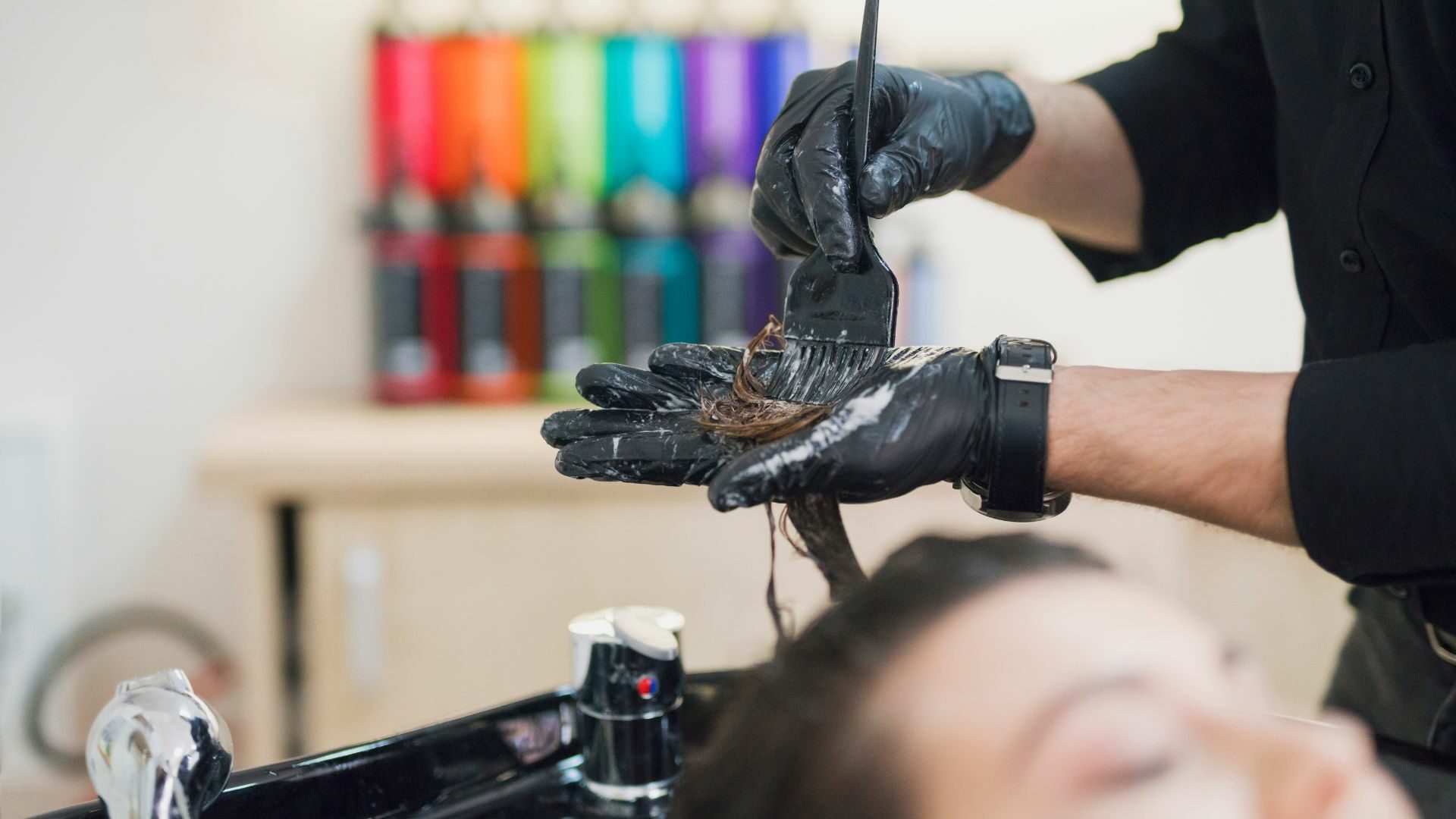Acetic Acid: How harmless is it for our hair?
What is it made of and how often can we use it?
Read my article and feel safe with this popular product!
Composition of the acetate
Acetic acid has the molecular formula H2O2 which is very similar to the water H2Othat we all know.
Hydrogen peroxide, i.e. acetic acid, in dilute solution appears colourless and is clear.
It is the only germicidal substance consisting only of water and oxygen.
This is why we use it in medicine for its disinfectant properties.
In industry, for the bleaching of pulp and paper, but also for bleaches and laundry detergents.
We even use it in rockets as a propellant!
But how do we use it in cosmetology and specifically in the salon’s make-up room?
And how does it ultimately affect the hair?
Acetate in hairdressing
In cosmetology and specifically in the hairdresser’s dyeing room, acetone is present in the form of an aqueous solution in dilute concentration. We usually find it from 2% to 12%.
But how does it help us in hair coloring?
Its bleaching properties are what make it an essential ingredient in an oxidative dye.
Specifically, it helps to remove the natural pigment and thereby allows a new colour to emerge,
to replace it easily.
In addition, it helps the new pigment to grow into the hair.
It is noteworthy that the acetates used by colorists contain emollients and soothing ingredients.
This ensures that the experience of the painting service is more pleasant.
Also, it is in emulsion form for a perfect application and precision in color effect.
But what is the concentration of acetic acid we use in each case?
Acid rain gathering
Let’s now look at the different cases in which we will use different concentrations of acetate with the dyes?
To make reflexes and for tone-on-tone coloration we can use 2% acetic acid.
When we want to darken and to dye in the same tone, 3% (10vol) is the most suitable.
When we wish to have 100% coverage of white hair and to have a long lasting color,
we use 6% (20vol).
To lighten the natural hair color 2-3 tones we will use 9% (30vol) acetic acid.
Finally, for drying the natural color of the hair up to 4 tones, we use 12% (40vol) together with the xanthan gum dyes.
In any case, we follow the instructions given by the company regarding the volume of ml in mixing with the dye we use.
As regards the mixing of acetate with decapage-decoloration powders,
it is advisable not to use more than 9% (30vol) in order to preserve the health of the hair.

I hope I’ve helped with the acetate chapter and that you feel safe using it in the salon.
I bid you farewell and I will see you in my next article.
Friendly,
Yannos Mindilonitis.

